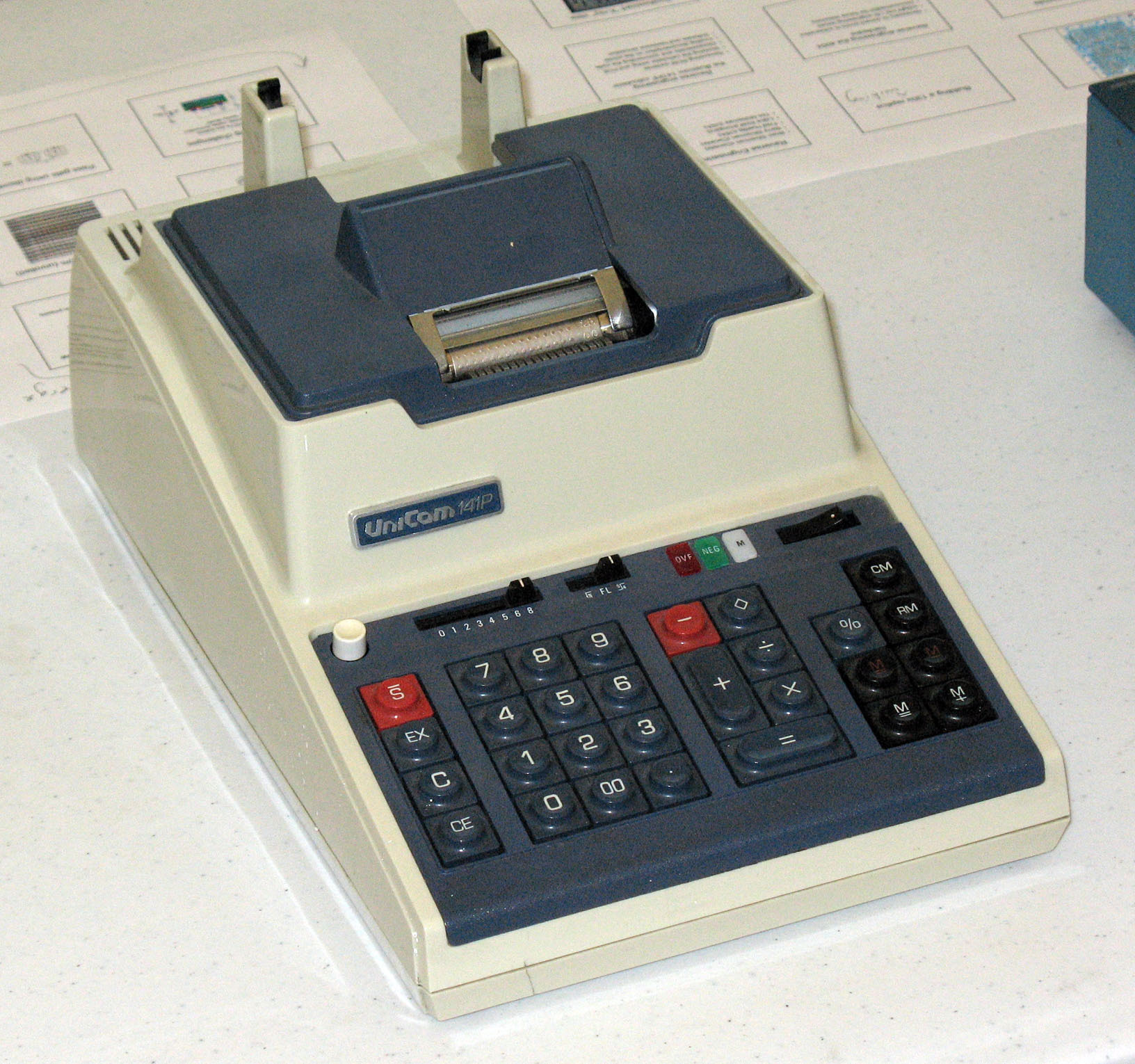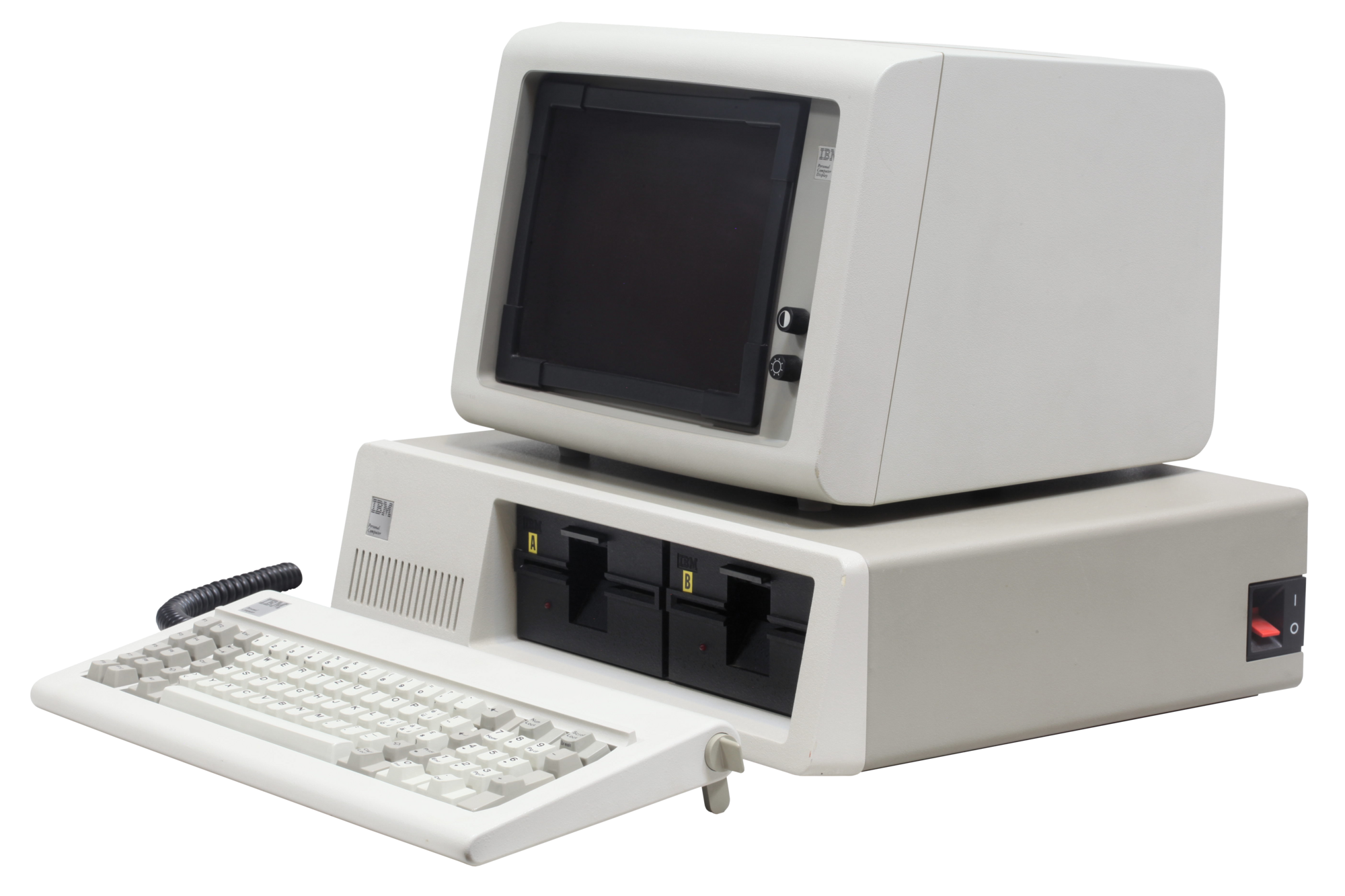How Did x86 Get Its Seemingly Arbitrary Name?
The story takes various twist and turns, of company policy, betrayal, marketing, and a small Japanese calculator. Let me just tell you the story, it all started with Intel, but not Intel the processor designers as they are known for, but back in their starting days when they were still a memory chip design company. They made RAM and ROM chips, the first chip was a 64 bit static RAM chip. I was expecting it to be called the Intel 1, or the Intel 64, to refer to 64 bit of storage. I was not even close to correct, their first chip was of course called the 3101, and was followed by the second version called 1101 RAM chip, which itself was followed by the 1103. Why did they start with these almost arbitrary numbers?
In the earlier days of chip design, CMOS did not have the domination it has this current day, and chip designs with PMOS, NMOS, and bi polar designs could be found. Intel wanted to structure their naming scheme, so they decided that they wanted a 4 number code, the first digit representing the technology in the order previously mentioned. The second digit is the type of circuit. Was it RAM, (P)ROM, or a controller? Finally the last 2 digits were just incrementing each time they made a new design in that series.
Intel got approached by Busicom Corp to design some chips so they could make a calculator. After some various design changes they ended up with 4 chips to produce a calculator, ROM, DRAM, I/O, and a CPU to control it all. Now in the naming scheme just described they would be called 1302, 1105, 1507 and 1202. The main designer, Federico Faggin, thought this was silly, because they were a set for the calculator, and it was all 4 bits, so instead they were called 4001, 4002, 4003 and the 4004.

Unicom 141P Calculator, photo by Michael Holley.
Not everyone appeared to like this new naming as Andrew Grove said in an interview: “I distinctly remember us concocting this scheme (minus 4XXX)", sitting in his office in Mountain View, California. “It worked well until marketing decided to jazz it up with 4’s and 8’s.” [1]
The 4004 was a success, and a year later Intel would release a new 8-bit processor, the 1201. The name got changed to the 8008, which I can only speculate to be a marketing decision to help improve sales. Then the 4040 came, an improved 4004, and the 8080, and improved 8008. Further improvements led to the 8085. Competition was fierce in the market of microchips with the 6502 and Z80 also being on the market. The competition was also from an unexpected angle, the designer of the Z80 was Federico Faggin, the same person that designed the 4004. Well maybe not entirely unexpected since Intel was founded by two people, Gordon Moore and Robert Noyce, who are both part of a group called the Traitorous Eight, for the 8 people that left Shockley labs to form Fairchild. History has a way of repeating itself, I suppose.
Back to designing processors, the new processor they designed was 16 bit instead of 8 bits, but calling it the 160016 was too many numbers, and instead it got called the 8086. Which was source compatible with the 8008, and 8080 so migration from older platforms would be easy. A variation with a different pin-out was the 8088, which despite of having three 8’s in the name is still the same 16 bit processor. Naming processors, with Intel is “different”.

IBM PC, photo by Rama & Musée Bolo, CC-BY-SA 2.0 FR
Now the 8088 became the chip that was chosen by IBM to use in their computer, because it was cheaper, and Intel could produce more of them. Calling the IBM PC influential seems like an understatement, since it defined for a lot of people what a personal computer even was, something that worked like the IBM PC. All this fame resulted in that the next processor needed to behave similar, or at least similar enough that new computers could run old software. So Intel’s next processor the 80186, followed by the 80286, though they were released in the same year, 1982. To be followed by the 80386, which was also the first 32 bit processor. Then just when you think Intel might follow a pattern they spiced it up all little, and the successor was called the i486, but it was also referred to as the logical next name, the 80486. This lineage of processors all compatible with each other was then shortened to the x86, we see so often now.
So that’s how x86 got it’s name.
[1] Grove, Andrew, “Question on history of product numbering”, E-mail to Andrew Volk, Dec. 8, 2000, for “Recollections of Early Chip Development at Intel.”
